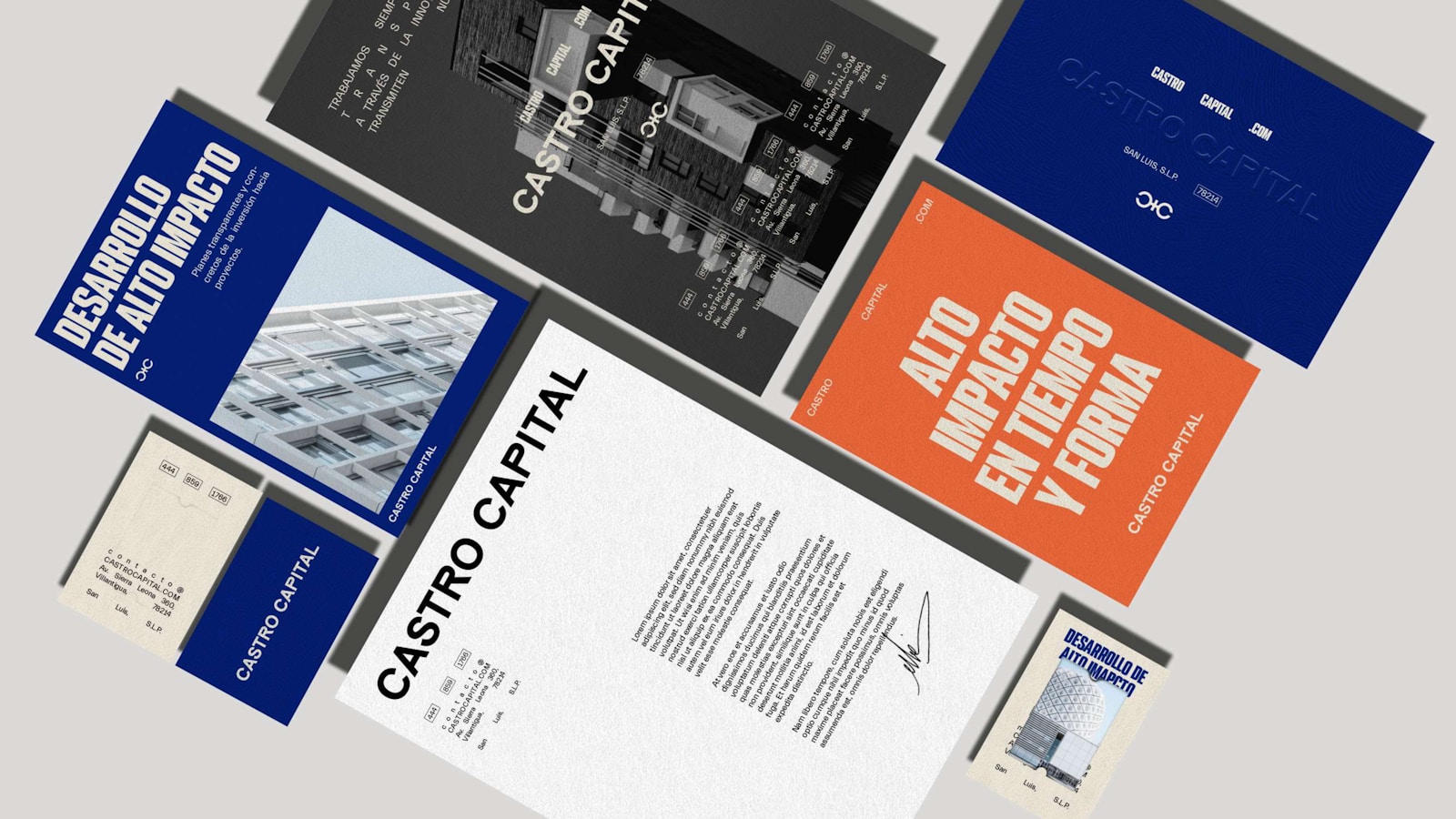In a world full of visual noise, branding is no longer just about being seen—it’s about being felt. As we look toward 2025, the most successful brands are those that forge a genuine emotional connection with their audience. It’s a shift from simply standing out to standing for something, expressed through thoughtful, purposeful design.
This evolution is something we know a thing or two about. Our own journey from Priceless Consulting to WP Wizards was a strategic rebrand, designed to better reflect our core values, expertise, and client-first mindset.
The process required us to define our new brand identity and clarify the details that would best represent our business name in the new branding. We learned that evolving your identity doesn’t mean losing your soul; it means clarifying your purpose. When defining a new brand identity, it’s essential to consider every detail, including how your business name is integrated into your visual and strategic branding.
Thinking about a rebrand? Let’s talk about where your brand could go in 2025. This post explores the top branding design trends that are shaping the future, helping you visualize how to blend creativity with strategy and build a brand that lasts.
Introduction to Rebranding
Rebranding is more than just updating your logo or changing your color palette—it’s a strategic process that can redefine how your company is perceived in the digital space. For businesses looking to stay relevant and competitive, rebranding offers a chance to realign your brand identity with your evolving mission, values, and audience expectations. A successful rebrand starts with a clear understanding of your company’s personality and the message you want to convey.
By creating a consistent branding system that includes a refreshed visual identity—think logo, color palette, and typography—you can build trust with your customers and make a lasting impression. In today’s crowded market, effective brand design is a powerful tool for standing out, appealing to your target audience, and ensuring your brand is recognized for what it truly represents.
[divilifeshortcode id='7131']

Photo by Patrik Michalicka on Unsplash
Understanding the Target Audience
At the heart of every successful brand design is a deep understanding of the target audience. Before you create a brand identity, it’s essential to research who your ideal customers are—their demographics, preferences, and behaviors. This insight allows companies to develop a brand personality that genuinely resonates, ensuring your marketing materials and visual identity speak directly to your audience’s needs and aspirations.
By building detailed buyer personas, you can identify what matters most to your customers and design a brand that stands out from competitors. Consistency is key: whether it’s your website, social media, or branded merchandise, every touchpoint should reinforce your brand’s values and personality. This process not only helps create a recognizable and memorable brand but also builds a strong connection with your audience.
1. Minimalist Brand Design That Packs Meaning
Minimalism is making a powerful comeback, but with a twist. The trend for 2025 isn’t about emptiness; it’s about clarity. Brands are stripping away the non-essential to let their core message shine. This approach uses clean layouts, generous whitespace, and simplified logos—where streamlined shapes contribute to a cohesive and modern branding design—to communicate purpose and confidence.
Modern audiences are savvy. They value authenticity and are tired of clutter. A minimalist approach to your branding design builds trust by being direct and honest. A streamlined layout and the use of simple shapes help reinforce brand clarity and recognition.
It cuts through the noise and creates a timeless appeal that works beautifully across all digital platforms, from a website favicon to a large billboard. This focus on clear visual elements ensures your brand identity is both memorable and respected.
2. Bold Brand Color Palettes That Evoke Emotion
While minimalism brings clarity, bold color brings personality. In 2025, brands are embracing vibrant and expressive color schemes to tell their story and connect with their target audience on an emotional level. The color scheme is a key element that helps a brand stand out, making it unique, recognizable, and consistent across all touchpoints. From striking gradients and high-contrast duotones to confident monochrome palettes, color is being used to set a specific mood.
Choosing the right brand color palette is a strategic decision. How a brand chooses its color scheme visually represents its values and personality. It’s more than just picking colors you like; it’s about understanding the psychology behind them and what they say about your values.
It’s important to take the time to decide on the right color scheme, as this choice will influence all branding materials. During our rebrand to WP Wizards, we chose a palette that reflects our Marine veteran-owned heritage—blending discipline and precision with creativity and approachability. The colors we selected help create a brand that feels both professional and human.
3. Dynamic Typography With Personality
If color is your brand’s emotion, typography is its voice. This year, custom typefaces and expressive fonts are taking center stage, making brand voices instantly recognizable. The right typography can make your brand feel playful, elegant, modern, or authoritative before a customer reads a single word. A skilled designer can present various typography examples to help clients choose the best fit for their brand, ensuring the selected typeface aligns with the desired brand personality.
Think about the difference in tone between a classic serif font, a clean sans-serif, and a quirky hand-drawn script. For example, a bold sans-serif font can make a tech company appear innovative and forward-thinking, while a delicate script might give a boutique brand a more personal and approachable feel.
Each style communicates a distinct brand personality. Investing in unique typography is a powerful way to differentiate your brand identity design and make every piece of communication—from your website header to your business cards—distinctly yours.
Some well-known examples of brands that use distinctive typography to reinforce their identity include Coca-Cola’s iconic script, Google’s clean sans-serif, and Vogue’s elegant serif font.
4. Illustration & Handcrafted Visual Elements
In a digital world often dominated by sterile stock photos, hand-drawn illustrations and organic textures are a breath of fresh air. This trend is about adding warmth, individuality, and a human touch to your brand. Imperfect lines, custom icons, and unique patterns help a brand feel more approachable and relatable. These elements visually represent your brand's story and values, creating a cohesive visual identity that resonates with your audience.
These creative visual elements are perfect for storytelling. They allow you to explain complex ideas, showcase your company culture, and build a strong brand image through original visual ideas. Developing a unique idea for illustration can set your brand apart from competitors, ensuring your brand is memorable and impactful. When customers see that real thought and creativity went into your brand design, they are more likely to connect with your story and message.
5. Motion, Animation, and Interactive Design
Static branding is becoming a thing of the past. Today, motion graphics, scroll-triggered animations, and interactive visuals are transforming how users experience a brand online. Motion design turns a passive viewing experience into an active and memorable one, elevating engagement and keeping users captivated.
These dynamic elements can be as simple as an animated logo or as complex as an interactive data visualization. The goal is to enhance the user experience without overwhelming it. As web design experts, we at WP Wizards specialize in bringing these ideas to life, building websites where a brand’s visual identity moves and breathes, creating a lasting impression in a crowded digital space.
6. Inclusive and Authentic Representation
The most forward-thinking brands are designing for everyone. In 2025, inclusivity is not an option; it’s a necessity. This means reflecting real diversity in your imagery, using language that welcomes all, and ensuring your digital platforms are accessible to people with disabilities. Inclusive branding design should represent the full spectrum of your audience, authentically conveying your brand’s identity and values across every touchpoint.
This trend goes beyond just your marketing materials. It involves practical design choices, such as ensuring sufficient color contrast for readability, adding alt-text to images, and creating layouts that are easy to navigate. By designing sites and visuals that welcome all users, you build trust and foster a sense of belonging and recognition among everyone who interacts with your brand. This client-first mindset is fundamental to creating a strong and respected brand identity.
7. Future-Focused Branding That Evolves With Technology
Finally, branding in 2025 must be built for the future. This includes everything from AI-inspired visuals to adaptive logos that flex and change depending on the device or context. Cohesive branding design should also extend to digital ads, ensuring brand recognition and memorability across all platforms. A successful branding system is no longer rigid; it’s a fluid and responsive framework that can evolve with technology.
Staying current with digital trends helps keep your brand relevant and competitive. It shows that you are an innovator in your field. At WP Wizards, our philosophy is to balance cutting-edge innovation with purpose and usability. We believe a brand’s visual identity should be both modern and timeless, creating a foundation for successful branding that can grow with your business for years to come, while evolving to reflect new services and offerings as your company expands.

Photo by Faizur Rehman on Unsplash
Brand Design Process: From Concept to Launch
The journey from brand concept to launch is a structured process that ensures your new identity is both strategic and impactful. It begins with defining your brand’s mission, values, and personality—laying the foundation for every design decision that follows. Next, research your target audience and competitors to identify opportunities for differentiation. With these insights, you can develop a unique visual identity, including a logo, color palette, and typography, that reflects your brand’s personality and appeals to your audience.
Creating a comprehensive brand style guide is essential for maintaining consistency across all marketing materials, websites, and social platforms. By streamlining the design process and utilizing templates, companies can efficiently create a cohesive and memorable brand identity. This approach not only saves time and resources but also ensures your brand leaves a lasting impression and stands out in the marketplace.
Consistency in Branding Across All Touchpoints
Consistency is the cornerstone of a strong brand identity. Applying your brand’s visual elements—logos, color schemes, and typography—uniformly across all marketing materials, websites, and social media platforms is essential for building trust and recognition.
A consistent brand design helps your company establish a memorable brand personality and ensures that your message and values are clearly conveyed at every interaction. Using brand guidelines and style guides, you can align your team and partners, making sure every piece of content, from web design to print materials, reflects your brand’s identity. This unified approach not only creates a lasting impression but also helps your business stand out in a crowded digital space, making your brand instantly recognizable to customers.
Measuring the Success of Your Rebrand
Once your rebrand is live, it’s crucial to measure its impact to ensure your efforts are driving real business results. Start by tracking key performance indicators such as website traffic, social media engagement, and customer feedback. These metrics will help you determine if your new brand identity is resonating with your target audience and strengthening your brand recognition.
A successful rebrand should lead to increased customer loyalty, higher brand awareness, and ultimately, business growth.
By leveraging data and analytics, companies can make informed decisions about their branding design, refining their strategy to stay ahead of competitors. Remember, effective branding is a powerful tool for shaping consumer perceptions—by continuously monitoring and optimizing your brand, you can create a memorable identity that delivers long-term success.

Photo by Balázs Kétyi on Unsplash
Bringing Your Brand Vision to Life
As we’ve seen, the branding design trends of 2025 are all about finding a balance: clarity and creativity, technology and humanity, purpose and personality.
A rebrand is a powerful opportunity to realign your visual identity with your core mission, build deeper trust with your audience, and position your business for future growth. Establishing a clear brand stand helps your company differentiate itself and communicate its values in a crowded marketplace.
Our own transformation to WP Wizards was guided by these same principles—creating a fresh identity that is grounded in years of experience and a steadfast commitment to our clients. A thoughtful rebrand is one of the most strategic investments you can make.
Ready to reimagine your brand for 2025? Schedule your free consultation today. Let’s bring your brand identity to life.







